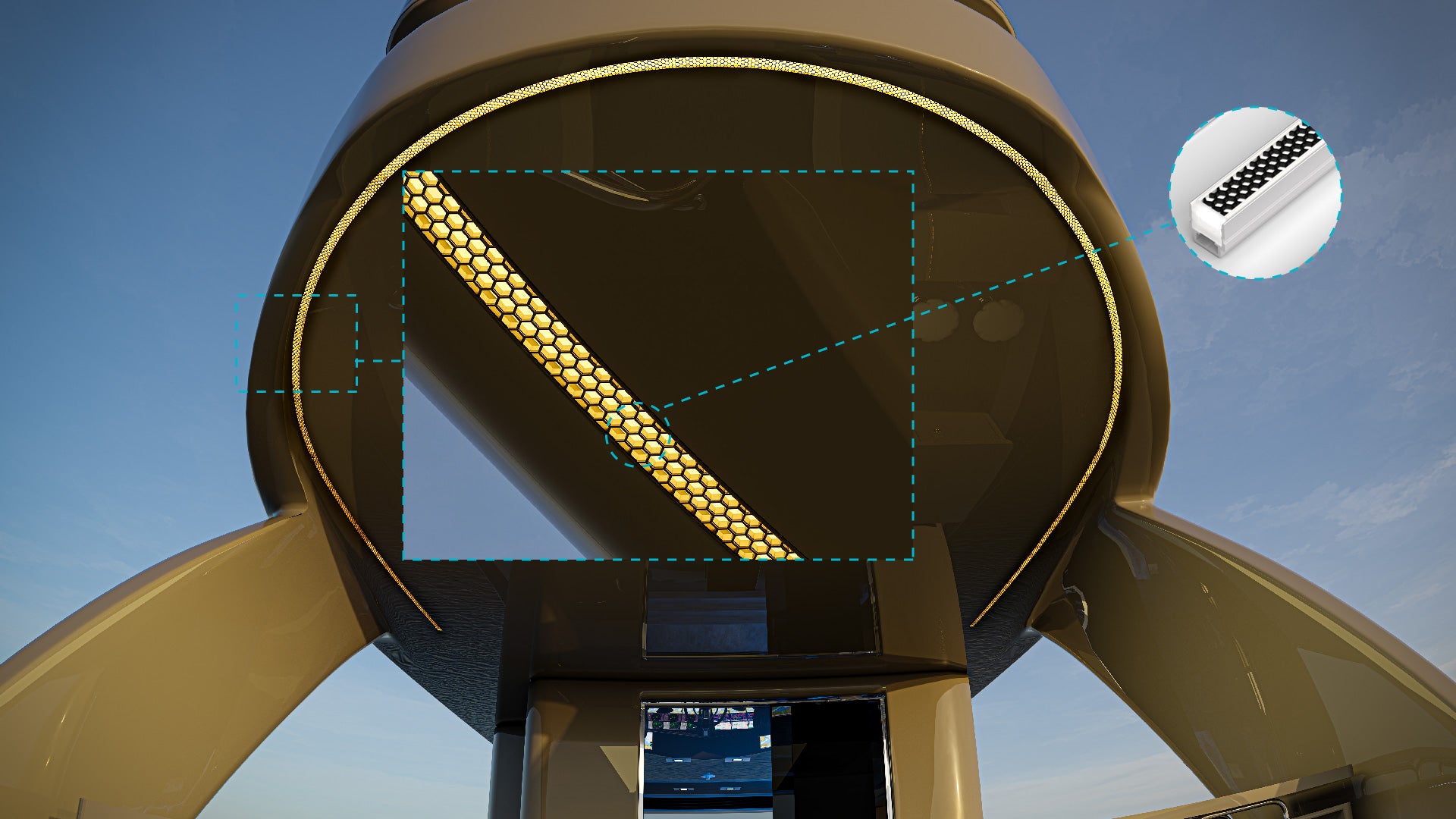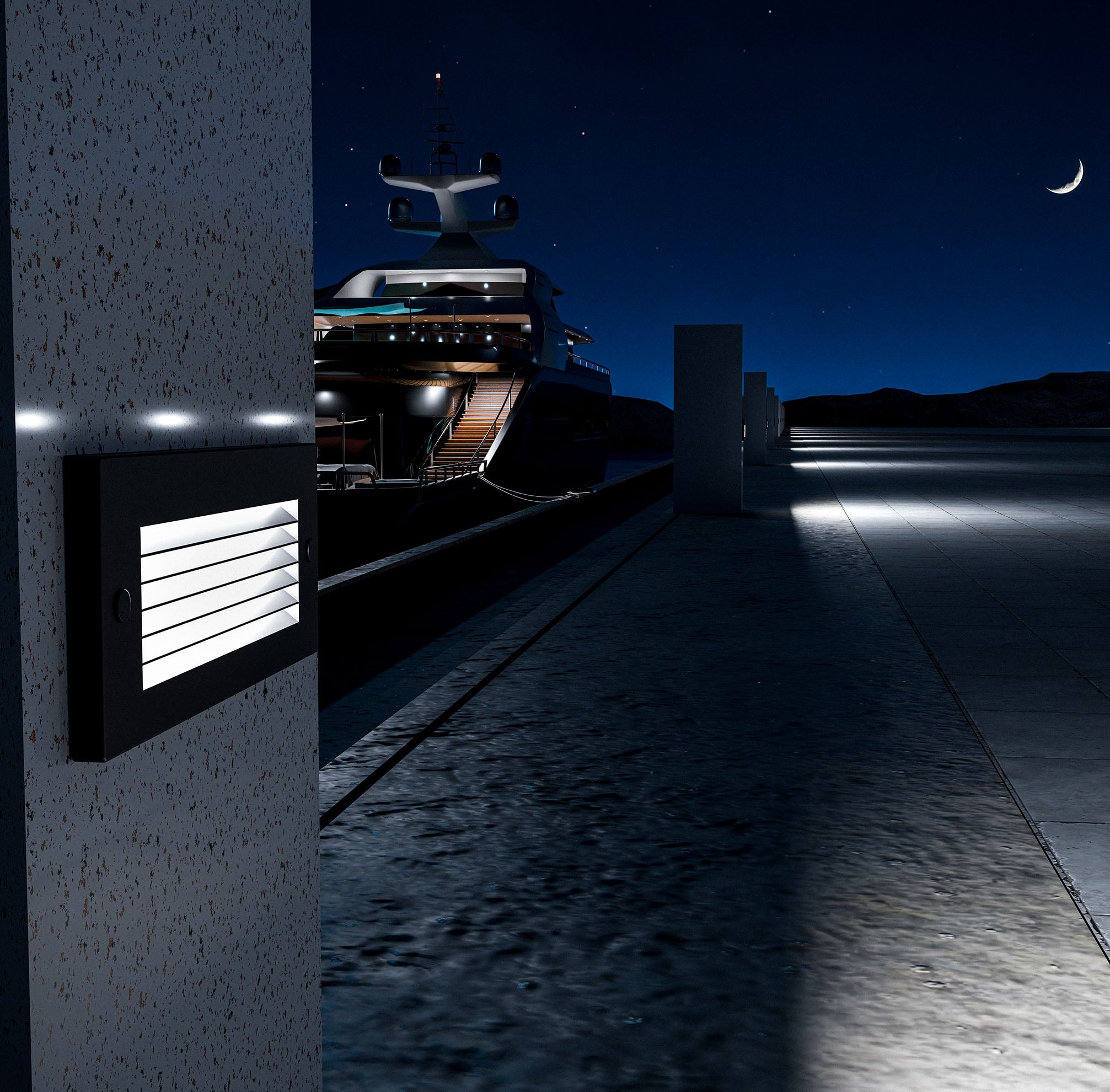As summer approaches, many boat owners are eager to get out on the water. However, before setting sail, it’s essential to ensure that your marine LED lights are in top condition. Proper maintenance during the summer months not only enhances the performance of your lights but also extends their lifespan, ensuring that you have reliable illumination for all your boating adventures. In this blog, we’ll cover some quick and effective maintenance tips to keep your marine LED lights shining bright all summer long.
Inspect for Physical Damage
Before hitting the water, take a few minutes to visually inspect your marine LED lights for any signs of physical damage. Look for cracks, chips, or any other visible damage on the light housing. Even minor damage can lead to water ingress, which can cause the lights to fail. Pay close attention to the seals around the lights as well, as these are critical for keeping water out. If you notice any damage, it’s important to address it immediately—either by repairing the light or replacing it—to prevent further issues down the line.
Clean the Light Lenses
Over time, marine LED lights can accumulate salt, dirt, and grime, which can reduce their brightness and effectiveness. To keep your lights performing at their best, regularly clean the lenses using a soft cloth and a mixture of mild soap and water. Avoid using harsh chemicals or abrasive materials, as these can scratch the lenses and diminish the light output. For stubborn spots, a soft-bristle toothbrush can help remove debris without damaging the lens. After cleaning, rinse the lenses with fresh water and dry them thoroughly before turning the lights back on.
Check for Corrosion
Marine environments are harsh, and corrosion can be a significant issue, especially for metal components of your LED lights. Regularly inspect the lights for any signs of rust or corrosion, particularly around the mounting brackets, screws, and other metal parts. If you spot corrosion, clean it off with a wire brush and apply an anti-corrosion spray to protect the metal. It’s also a good idea to apply a protective coating to exposed metal parts to prevent future corrosion. Consistent checks and maintenance will help ensure that your lights remain secure and functional throughout the summer.
Verify Electrical Connections
The electrical connections of your marine LED lights are critical for their operation. Over time, these connections can become loose, corroded, or damaged, leading to flickering lights or complete failure. Start by checking all wiring and connections for signs of wear or corrosion. Make sure that all connections are tight and secure, and that there is no exposed wiring. Use marine-grade wiring and connectors, which are designed to withstand the corrosive effects of saltwater and moisture. If you find any damaged wires or connectors, replace them immediately to avoid electrical issues while on the water.
Test for Proper Operation
Once you’ve inspected and cleaned your lights, it’s time to test them to ensure they are working correctly. Turn on each light and check for brightness, color accuracy, and any signs of flickering or dimming. These issues could indicate a problem with the bulb, wiring, or power source. If any lights are not functioning as they should, troubleshoot the issue or consult a professional to prevent nighttime visibility problems. Regular testing is key to ensuring that your marine LED lights are always ready to provide the illumination you need.
Apply UV Protection
Marine LED lights are often exposed to harsh sunlight, which can degrade their components over time. UV rays can cause the light housings to become brittle and the lenses to yellow, reducing light output. To protect your lights from UV damage, consider applying a UV-protective coating or using UV-resistant covers when the lights are not in use. This simple step can significantly extend the life of your lights by protecting them from the sun’s harmful rays. Additionally, when your boat is docked or stored, try to keep the lights covered or shaded to minimize UV exposure.
Update Your Lighting System
If your marine LED lights are starting to show signs of wear, or if they’re not as bright as they used to be, it might be time to consider an upgrade. Newer LED lighting systems offer improved energy efficiency, brighter illumination, and enhanced durability. Upgrading to a more modern system can also provide additional features, such as customizable colors, remote control operation, and better resistance to water and UV damage. By updating your lighting system, you can ensure that you’re getting the best performance and reliability for your boating adventures.
Maintaining your marine LED lights during the summer is crucial for ensuring safe and enjoyable boating experiences. By following these quick maintenance tips, you can extend the life of your lights, enhance their performance, and avoid potential issues on the water. Remember, investing a little time in maintenance now can save you from costly repairs or replacements later on. For those looking to upgrade or replace their marine LED lights, K2 Lighting offers a wide range of reliable and durable options designed to withstand the rigors of marine environments. Keep your boat well-lit and ready for all your summer adventures with K2 Lighting!





